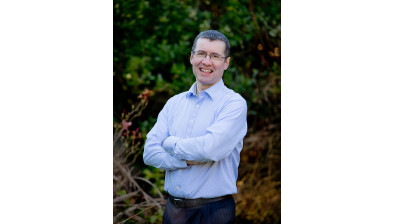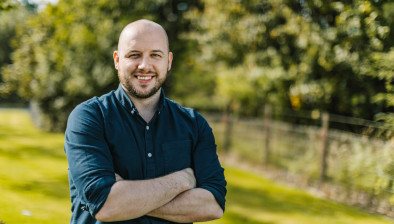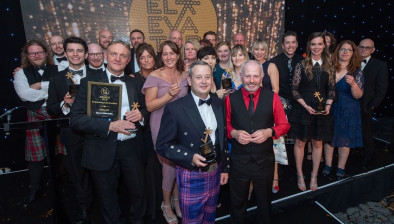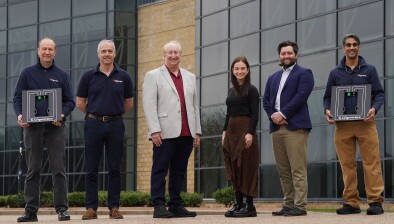Aberdeen-based SEM scoops up $100k prize in Amazonian Artisanal Mining Challenge
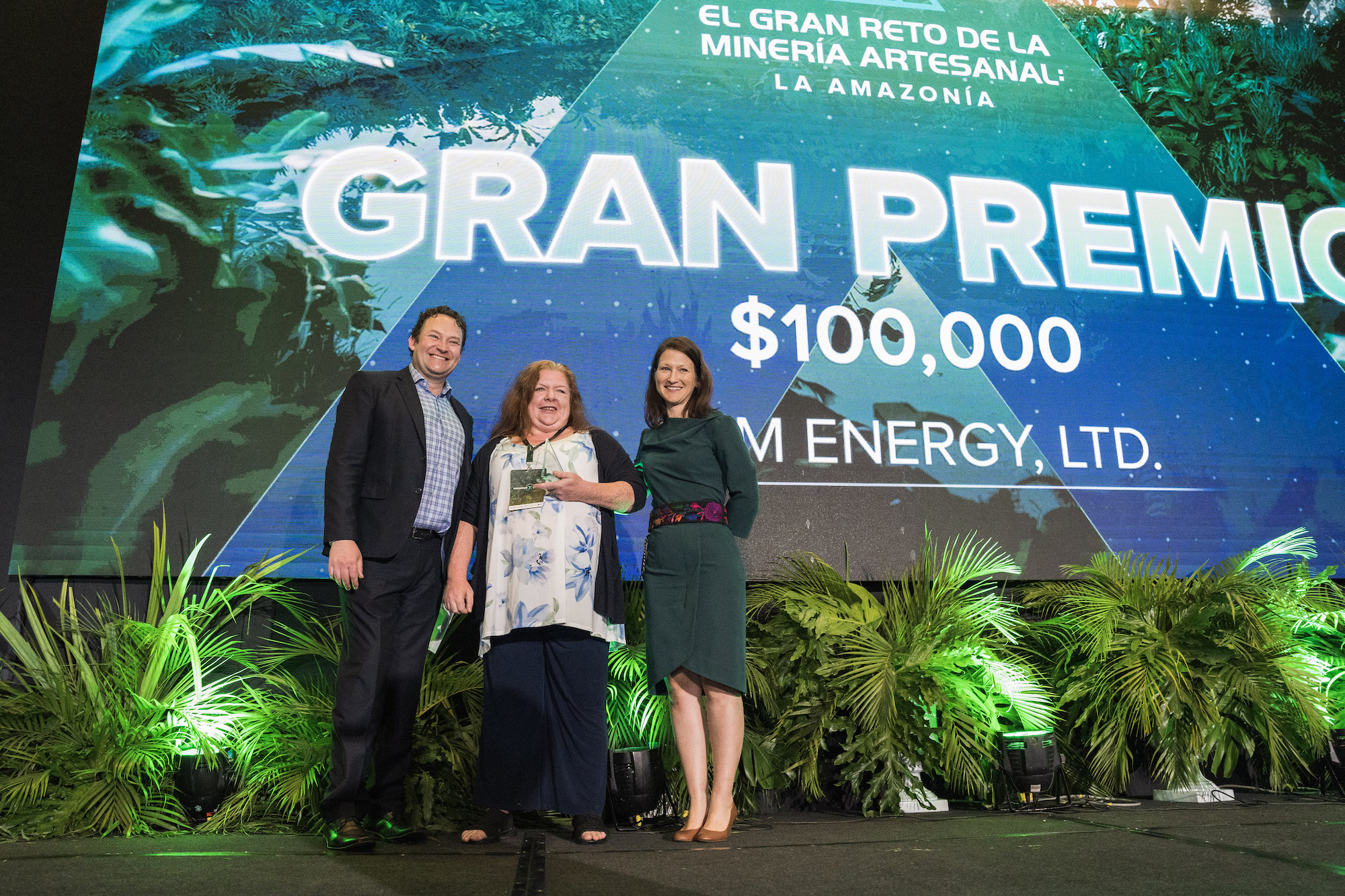
Pictured (L–R): Paul Bunje, Conservation X Labs co-founder and president, Dr Leigh Cassidy, SEM’s lead scientist, and Elizabeth Bosman, USAID Perú deputy mission director
Developer and operator of environmental technology solutions, SEM has claimed the top prize of $100,000 after their entry won the Artisanal Mining Grand Challenge: The Amazon.
The Aberdeen-headquartered firm was awarded a share of a $300,000 prize fund for this international competition, alongside three other teams for their achievements in developing new innovative solutions designed to conserve the Amazon rainforest.
SEM’s success was announced at the Innovation XChange, the closing event of the challenge, which saw more than 350 people celebrate the achievements of participants.
The Artisanal Mining Grand Challenge: The Amazon is a global competition that seeks to support innovators, researchers and entrepreneurs from all over the world to develop and implement solutions to address the environmental and social costs of Artisanal and Small-scale Gold Mining (ASGM).
Earlier this year, a team from SEM was selected as one of twelve finalists to take part in the Amazon CoLab, an accelerator program led by Conservation X Labs and developed in partnership with the United States Agency for International Development (USAID), the Gordon and Betty Moore Foundation, Microsoft, and Esri. The initiative, which took place over the last six months, allowed SEM’s DRAM Filtration to be developed and tested on-site in Madre de Dios, Peru.
SEM collaborated with various partners, organisations and local communities to demonstrate DRAM’s potential in the field. The technology, which is designed to remediate heavy metals from mine tailings, showed outstanding results throughout the trial period, removing up to 95% of contaminants measured.
During the trial the SEM team worked to adapt DRAM to the remote nature of the jungle. They also utilised cassava peels as the organic filter media, donating the flesh back to local orphanages.
The widespread adoption of DRAM is expected to play a significant part in the regeneration of areas impacted by AGSM, not only by preventing further environmental release of associated metals, but by also by applying the technology for use on historical tailings ponds and other impacted water courses. This would prevent continuing environmental spread of these contaminants in waters, sediments and soils, helping to mitigate any further damage to the Amazon’s biodiverse ecosystem.
SEM’s lead scientist, Dr Leigh Cassidy, who led the project commented: “We are absolutely delighted to have been named as one of the winners of the Challenge. The prize fund will be fundamental to the further development of DRAM and enable the system to be rolled out across the wider market.
“Seeing the effects of the impact of small-scale mining, and the lack of regulation protecting communities in South America, really highlighted the need for a more sustainable approach to the traditional mining process.
Dr Cassidy continued: “It is apparent that both owners and workers of mines are concerned about the environmental effects of mining, but the short-term focus is concerned with making a living, which at the moment takes priority over sustainable action
“It is fortunate that DRAM can provide a solution to both of these aspects, providing artisanal miners with an additional revenue stream through the forward sale of recovered metals, whilst protecting the environment.
“DRAM has the potential to create a whole new industry associated with the AGSM sector. It is intended that after an initial period of support, we visualise they system being operated by local residents as a franchise, helping to leave behind a legacy where miners can continue to use the technology themselves for years to come.”




